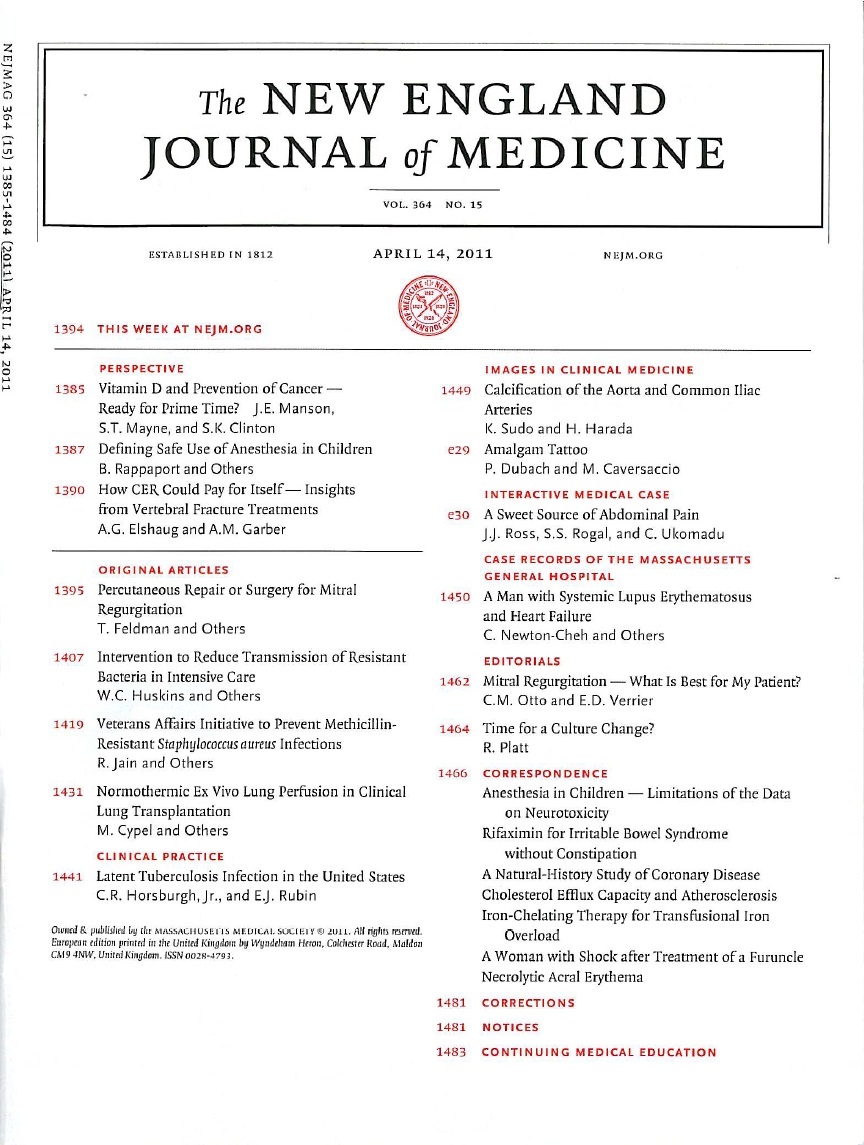
Glucosamine and chondroitin combined therapy and monotherapy vs celecoxib and placebo for knee OA

Glucosamine and chondroitin combined therapy and monotherapy vs celecoxib and placebo for knee OA
Glucosamine, chondroitin sulfate, and the two in combination for painful knee osteoarthritis
N Engl J Med. 2006 Feb 23;354(8):795-808Did you know you're eligible to earn 0.5 CME credits for reading this report? Click Here
Synopsis
1583 patients with symptomatic knee osteoarthritis were randomized to either glucosamine monotherapy, chondroitin monotherapy, combined glucosamine and chondroitin therapy, celecoxib 200mg daily, or placebo. Patients were assessed over 24 weeks of treatment. In the primary analysis, only the celecoxib group demonstrated a significantly higher rate of patients attaining the primary efficacy endpoin...
To view the full content, login to your account,
or start your 30-day FREE Trial today.
FREE TRIAL
LOGIN
Forgot Password?
Explore some of our unlocked ACE Reports below!

Learn about our AI Driven
High Impact Search Feature
Our AI driven High Impact metric calculates the impact an article will have by considering both the publishing journal and the content of the article itself. Built using the latest advances in natural language processing, OE High Impact predicts an article’s future number of citations better than impact factor alone.
Continue



 LOGIN
LOGIN

Join the Conversation
Please Login or Join to leave comments.